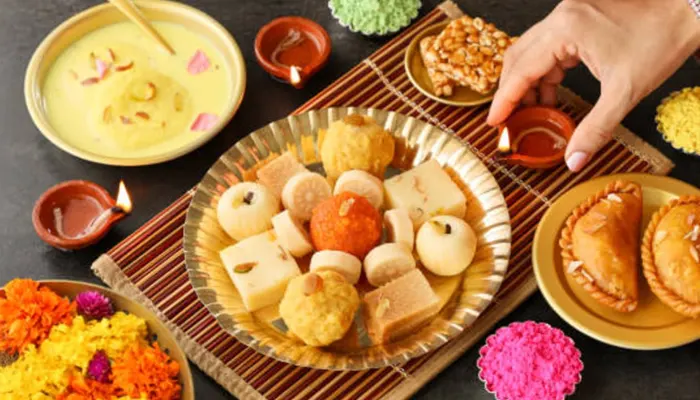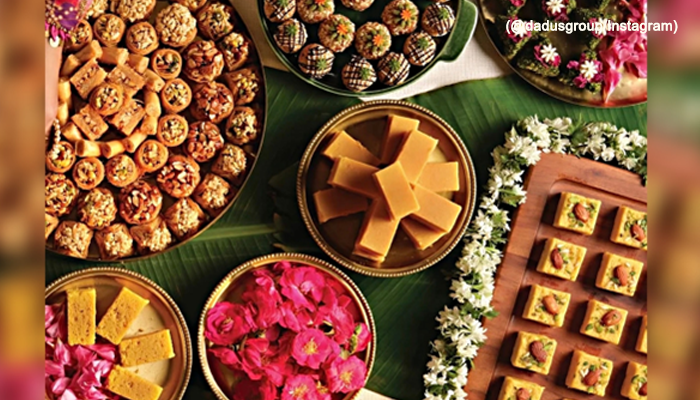FSSAI Bans A1, A2 Labeling on Milk Products: What it Means for Consumers
- Soham Halder
- 1 year ago
- 3 minutes read

Another day, another huge FSSAI crack down!
Are you consuming the right milk products or some gimmicky marketing tactics? Amidst rising concerns about Indian spices, Food Safety and Standards Authority of India (FSSAI) came up with a strong notice to food business operators (FBOs). Let's understand the new guidelines and why it matters to the consumers.
New Guidelines on A1 & A2 Milk Products:
In a significant move to improve food safety standards, the FSSAI has ordered to eliminate ‘A1’ and ‘A2’ labeling on milk products. The regulator deemed such labelling “misleading and inconsistent with the Food Safety and Standards Act of 2006”.
“It has come to the notice of FSSAI that several FBOs are selling/marketing milk and milk products such as ghee, butter, curd, etc., in the name of A1 and A2 under FSSAI licence number,” it said.
Food and dairy companies are not allowed to claim A1 or A2 on milk or products. This is a landmark notification by the @fssaiindia to protect consumers from unscientific claims by food/dairy companies regarding the superiority of A2 milk, ghee, or products over A1 milk/products. pic.twitter.com/x9mTc1ISag
— R S Sodhi (@Rssamul) August 22, 2024
(Credit - @Rssamul X handle)
“Hence, the use of any A2 claims on milk fat products is misleading and not in conformance with the provisions laid down under the Food Safety Standards Act, 2006, and its regulations,” an FSSAI order stated.
“The concerned FBOs shall ensure strict compliance with the same with effect from the date of issuance of this direction. Although the FBOs are permitted to exhaust the available pre-printed labels within six months from the date of issuing this direction, no further extension or timeline will be granted to any FBO,” the order further mentioned.
Details about A1 & A2 Type Milk Products:
Milk contains different types of casein, among these beta-casein is the second most common. The major difference between A1 and A2 type milk products are beta-casein protein composition.
Usually, A1 milk comprises A1 beta-casein, obtained from northern Europe cows like Holstein, Friesian, Ayrshire, and British Shorthorn. It is the most commonly used milk which has a higher fat content as well as calorie content than A2 varieties.

On the other hand, A2 milk comprises A2 beta-casein, generally found in milk from cows of Channel Islands and southern France, like Guernsey, Jersey, Charolais, and Limousin.
According to some recent research studies, A2 milk is more healthier than A1 milk as it causes less digestive discomfort. Moreover, the A2 milk comprises omega-3 fatty acids, beneficial for lowering cholesterol levels.
In 2000, a milk company named a2 Corporation from New Zealand for the first time, patented a genetic method for distinguishing cattle, capable of producing only A2 milk.
Reactions from Industry Players:
Industry players have supported FSSAI’s move, and are hopeful for transparency and accuracy in product labelling and marketing.
"It's crucial to eliminate misleading claims. The categorisation of A1 and A2 milk has been largely driven by marketing tactics rather than scientific evidence, and the global trend is moving away from this distinction. The conversation around A1 and A2 milk may have captured attention, but it's vital to understand that the real value of milk lies in its complete nutritional profile,” said Devendra Shah, chairman, Parag Milk Foods.

Shah further noted that “the A1 and A2 milk product categories never truly existed and that this trend is diminishing globally,” reinforcing the FSSAI's clarification on the matter.
So, before buying any milk products from market, don't forget to check the ingredients and types.











